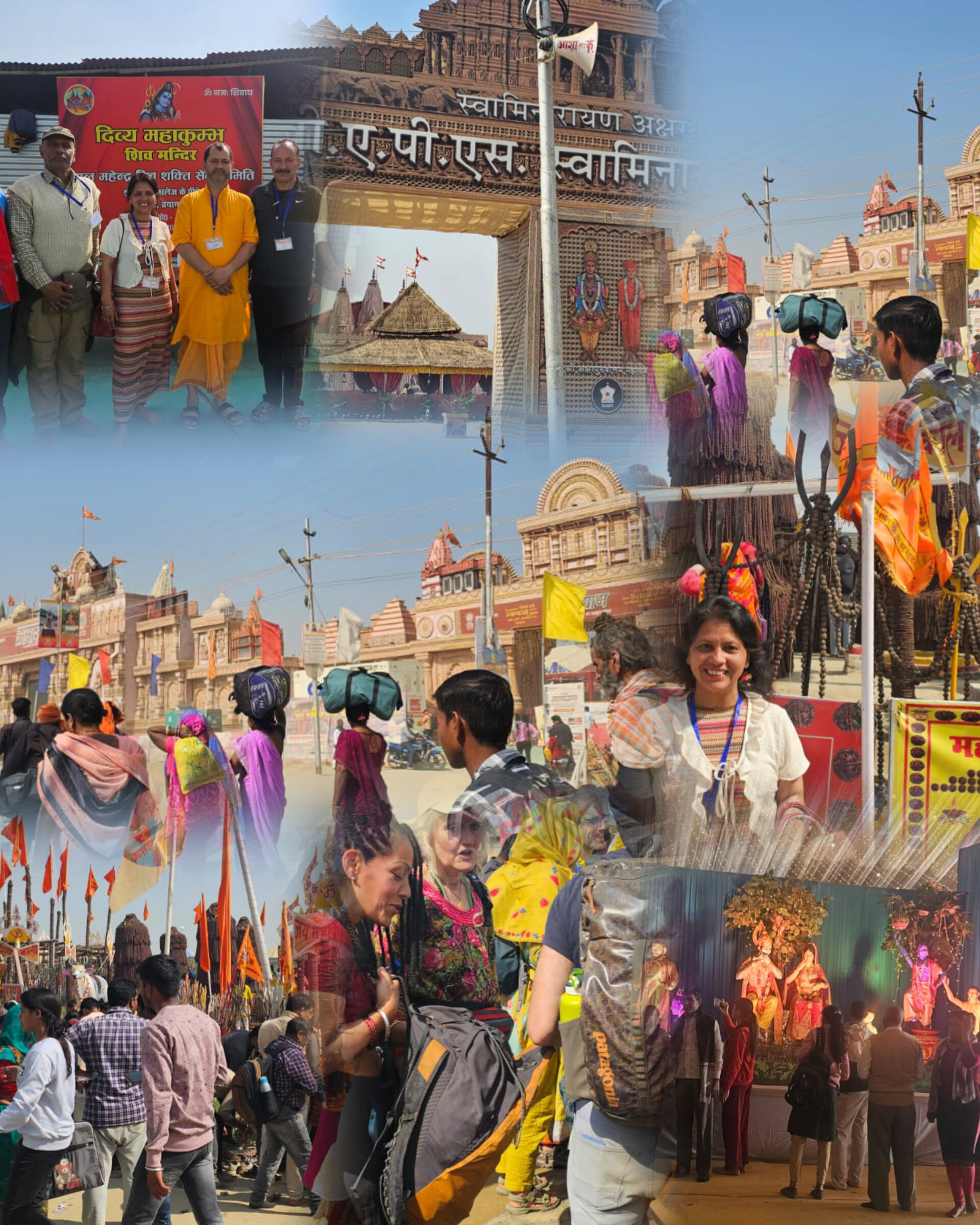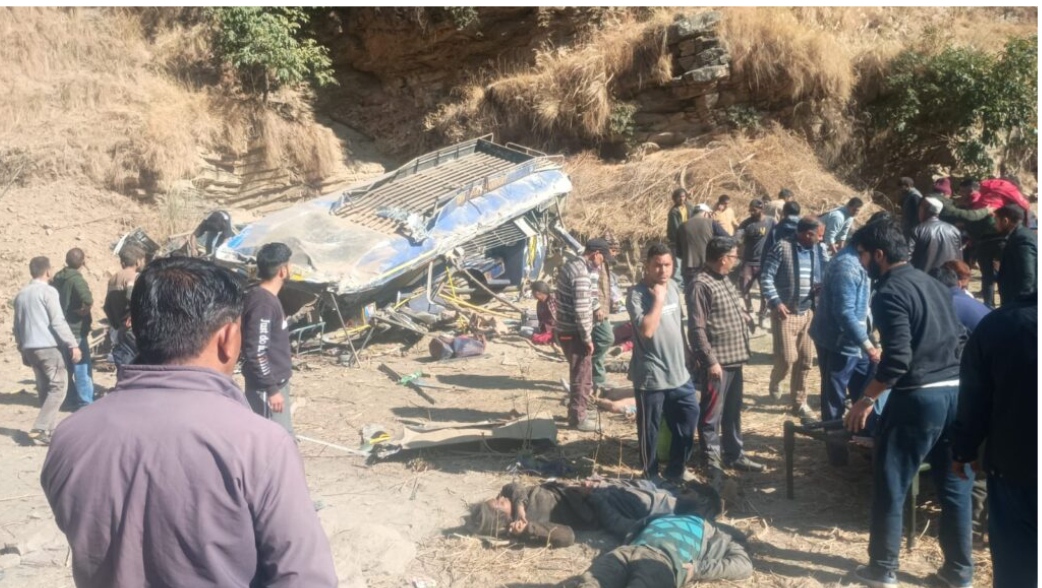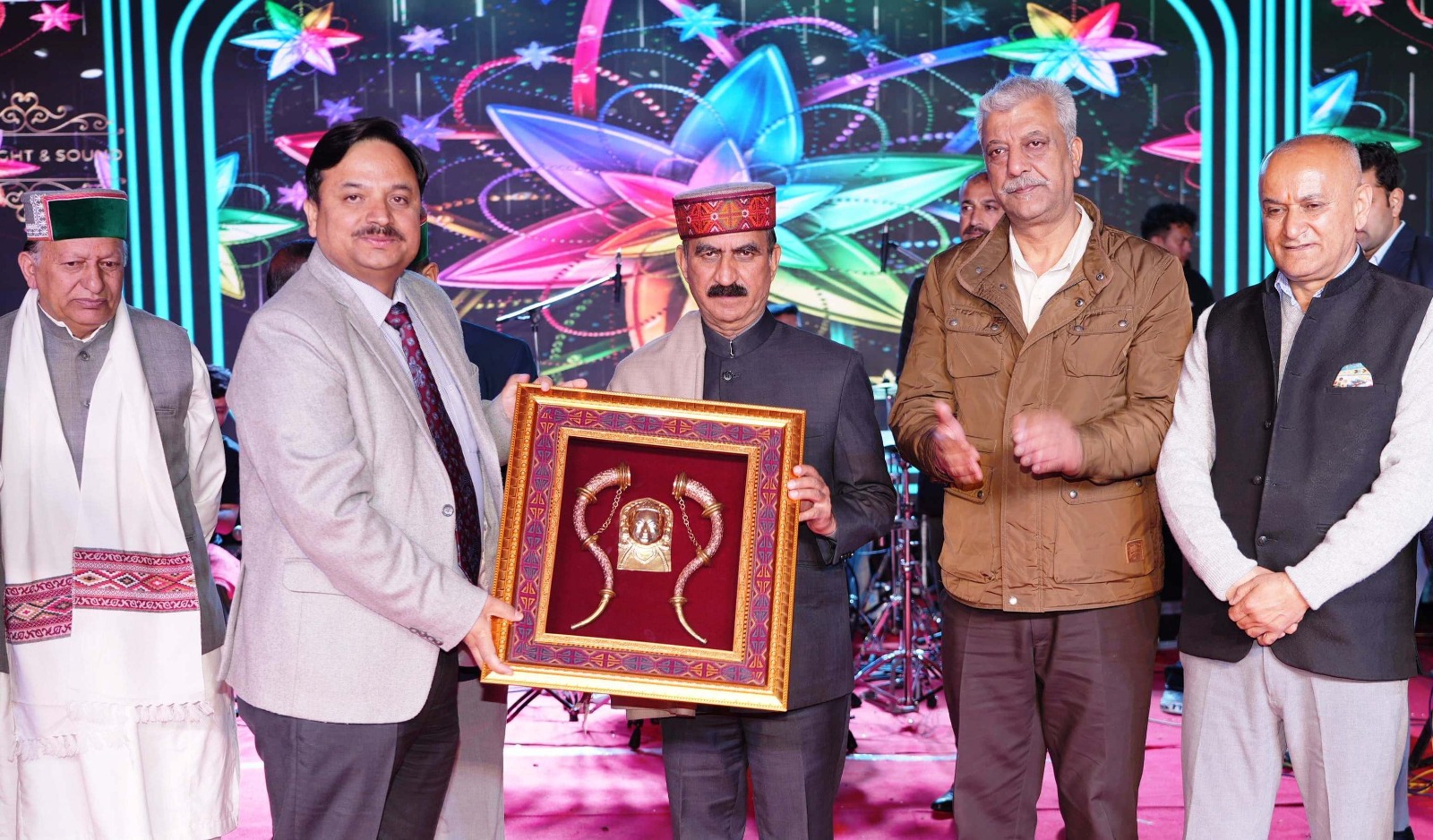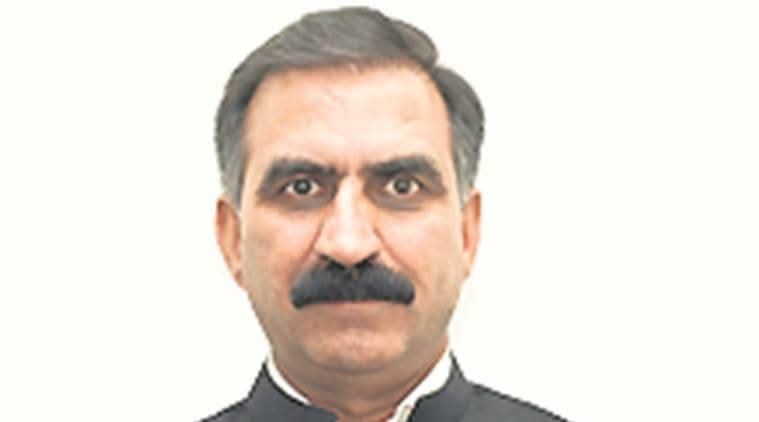Mahakumbh Diaries: Exploring Faith, Culture, and Knowledge: Dr. Tara Devi Sen.
From Sacred Dips to Spiritual Insights: My Time at Mahakumbh.
Shimla:
A few months ago, while reading a newspaper editorial on Mahakumbh, I came across a thought-provoking statement: “If one wishes to understand India, they must visit a village; and if one seeks to witness Indian culture, they must visit the Kumbh.” This resonated deeply with me. Having worked as a facilitator for the upliftment of rural panchayats in the Mid-Himalayan Watershed Management Project, I had an extensive understanding of village life. However, I realized that I was yet to fully experience the richness of Indian traditions and cultural heritage. This ignited in me a strong desire to visit Mahakumbh at Prayagraj.
When I received an invitation from the Central Sanskrit University, New Delhi, to participate in the Gyan Mahakumbh on the Indian Knowledge System, I instantly accepted. Many educationists from Himachal Pradesh were also attending, and we eagerly booked our tickets in early January, looking forward to the event scheduled from February 6 to 10. In advance, I submitted my article and a video clip on “The Role of Teachers in the Present Scenario.”
As per the organizers’ plan, participants could bring their family members. On February 8, we embarked on our journey from Chandigarh with a diverse group of educationists, including teachers, professors, retired academicians, and even software engineers. The journey itself was an enriching experience as we exchanged ideas and perspectives. Our train, though on time from Chandigarh, arrived four hours late at Prayagraj Junction due to the special Mahakumbh train arrangements. From there, we proceeded to Sector 8 for the ongoing Gyan Mahakumbh, missing a few initial sessions.
That evening, we rushed to Triveni Sangam, located 15 km away, as my husband had to take a holy dip before heading back for an urgent meeting. A fellow participant from Patna helped us find a place to stay nearby. Although we had a dip just before reaching Triveni Sangam that evening, we resolved to take the holy dip exactly at Triveni Sangam Ghat 32 at sunrise.
Setting out at 4 AM from Sector 19, a 3 km walk, we were astounded by the immense crowd, including many foreigners, all walking alongside us. One of the most captivating sights in Kumbh was the breathtaking array of intricately designed ashrams, exhibitions, and structures—artificially constructed yet so strikingly lifelike that they seemed to blend seamlessly into the spiritual landscape. Each creation was a masterpiece, reflecting remarkable craftsmanship and devotion, making our journey through the city feel like a passage through a grand, sacred spectacle. Being an ardent listener of Swami Avdheshanand Giri Maharaj on the Sanskar Channel, I was eager to take a picture in front of Shri Panchdasnaam Juna Akhada. The grand space allocated to this akhada near Triveni Sangam left me in awe. Though I wished to explore the ashram, the momentum of the crowd and my companions kept me moving forward.
By 7 AM, we reached the Sangam and took our sacred dip, but the massive gathering made it a challenge to navigate. Afterward, we planned to visit the Hanuman temple, where the idol lies in a reclining position. Fortunately, we reached at 7:45 AM, just before the temple gates were closed at 8 AM due to the scheduled visit of the President of India, Droupadi Murmu.
Returning to the Gyan Mahakumbh venue was another adventure. Due to partial road closures for the President’s visit, we had no choice but to walk nearly 15 km. Although exhausted, this allowed us to witness numerous exhibitions along the way, covering everything from Indian heritage to modern developments. It was inspiring to see exhibitions by the Indian Army, judiciary, and other government departments alongside religious displays—an inclusive vision ensuring participation from all sectors.
Despite arriving late for our sessions, the organizers were considerate of the logistical challenges. After attending the sessions and receiving our certificates, we took an alternate route back, immersing ourselves in the local flavors along the way. I had the opportunity for the first time to taste star fruit (Averrhoa carambola) and the tuber of Ram Kand Mool (Maerua oblongifolia), believed to have been consumed by Lord Rama during his Vanvas. The roadside stalls also offered a fascinating array of religious and medicinal plants, including Bixa orellana (Achiote/Sindoor plant), Rudraksha (Elaeocarpus angustifolius), and herbs like Balam Kheera (Kigelia pinnata), traditionally used for treating kidney stones and digestive issues, alongside Harad (Terminalia chebula) and Bheda (Terminalia bellirica).


That evening, we chose to dine at a Bhandara near the ISKCON temple, sponsored by the Adani Group. One of the most memorable moments was witnessing ISKCON devotees joyfully serving food while chanting Hare Rama, Hare Krishna. In that sacred atmosphere, I found myself reflecting—if true happiness lies in selfless service, why should notI embrace this path? Yet, my inner voice reminded me that my purpose is to continue my karma, fulfilling my duty in my own way.
Another fascinating aspect of our journey was the use of eco-friendly leaf plates made from the Saal tree, sourced from villages in Jharkhand. As part of their effort to make the Maha Kumbh pollution-free, the organizers prioritized serving food in metal or leaf plates while minimizing plastic use. Inspired by this initiative, I suggested to the Bhandara organizers that leaf plates from Himachal Pradesh, particularly those made from Tour Phenera Valli, should also be promoted.

As our journey drew to a close, we planned to explore the remaining exhibitions on the morning of February 11. However, managing the massive crowd became increasingly challenging, especially with the added weight of 5 kg of sacred Triveni Jal that we each were carrying for our near and dear . Unexpected road closures led to further detours, making our commute to the railway station a strenuous one. Fortunately, with some assistance from a biker, we managed to reach just in time for our train at 3:50 PM, which was delayed by 2 hours.
Overall despite the rush and the fatigue, I felt a sense of incompleteness—having only scratched the surface of Mahakumbh’s vast expanse. I wished for more time to immerse myself in the full experience, to explore every exhibition in depth. Nonetheless, being an optimist, I now look forward to the next Kumbh in twelve years, hoping to stay longer and absorb even more of India’s rich traditions and culture.
As I shared live updates of my experience on social media, a friend commented, “Madam, did you witness India’s poverty?” To this, I must say—after witnessing Mahakumbh, I saw glimpses of a future Viksit Bharat. Kudos to the organizers for bringing the essence of India under one roof.




